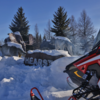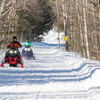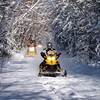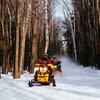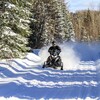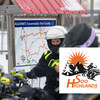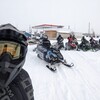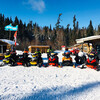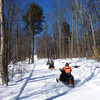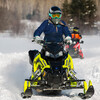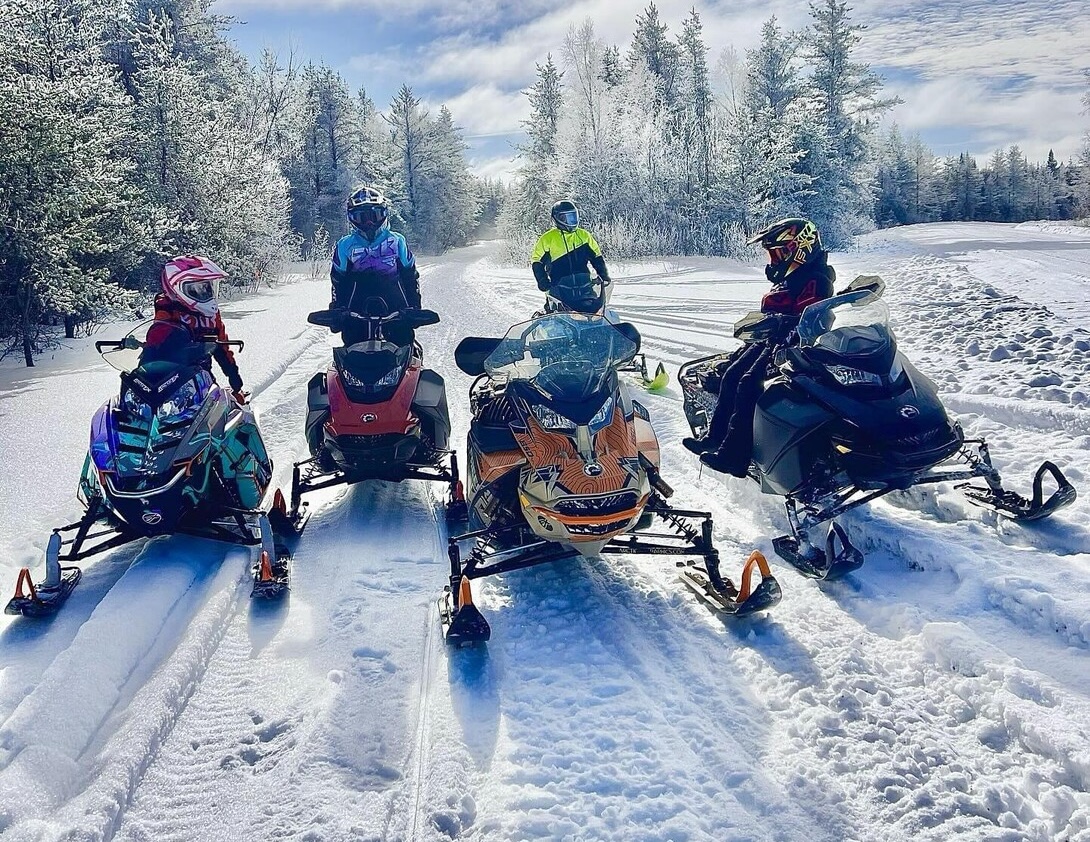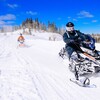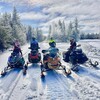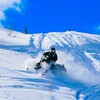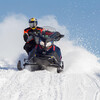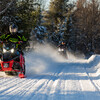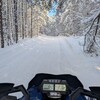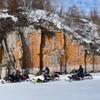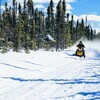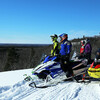
The OFSC and Why Ontario Snowmobilers Need It
Editor's note: This article hase been updated from the original 2017 post.
If you want to sled Ontario, you need to understand the Ontario Federation of Snowmobile Clubs (the OFSC). And not just because they sell permits and groom snow trails. The OFSC is at the heart of what makes snowmobiling in Ontario great.
With a snowmobile season that can last well into April, it's no surprise that Ontario is home to the largest interconnected snowmobiling trail and snow tour system in the world—but it's also no accident. It takes passionate volunteers, profound sledding know-how, and a real culture of respect for everyone on the trails. Read on, and we'll explain how the OFSC works, how to use the trail system and read the signage, and where the money from your OFSC trail permit purchase gets spent.

What is the Ontario Federation of Snowmobile Clubs? How does the OFSC work?
The OFSC celebrated its 50th anniversary in 2017. Since 1967, the not-for-profit OFSC is the umbrella association for the province’s approximately 200 community-based snowmobile clubs.
The club trails form interconnected networks within each regional grouping of clubs called OFSC Districts. These districts oversee trail and grooming operations for their entire network.
This approach enables a broader and better regional coordination of trail grooming. It also helps assure better trail conditions and connections from district to district. Together, the district trail networks form the fully integrated OFSC provincial trail system.
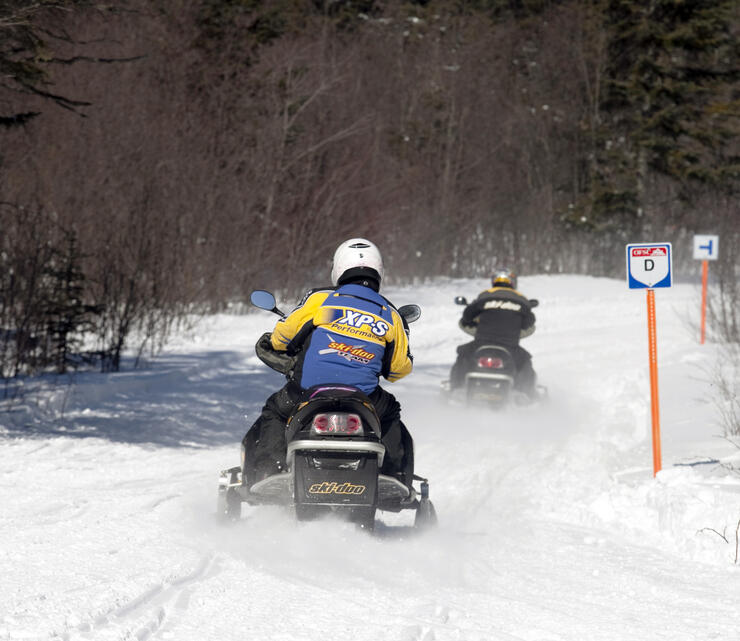
Understanding The OFSC Trail System
The trails throughout the provincial system come in four types. Local trails are at the grassroots level. They are designated with numbers that are unique within each district and show as orange on all trail guides. The other three designations are for the Trans Ontario Provincial (TOP) Trail System. These trails in this system were recently recognized by The Province of Ontario with the elite honour of being “Trails of Distinction.”

TOP trails are the main snowmobile touring routes for Ontario. Their designation is a combination of letters/numbers shared throughout all districts. The first type of TOP trail are Trunk trails. They are designated by a single letter (TOP Trail A) and by the colour red on trail guides. Trunk trails are multi-district routes that go across the province.
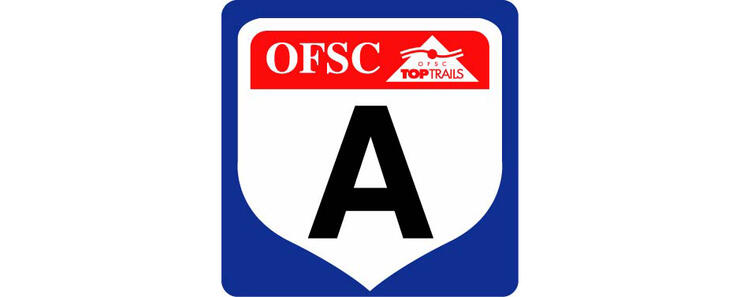
The second type of TOP Trail are Feeder trails. Feeders flow snowmobile traffic from communities and local trails to Trunk trails. Feeder trails are blue and have a single letter indicating which Trunk Trail it connects to (e.g. a Feeder to TOP Trail C looks like this: TOP C112.)
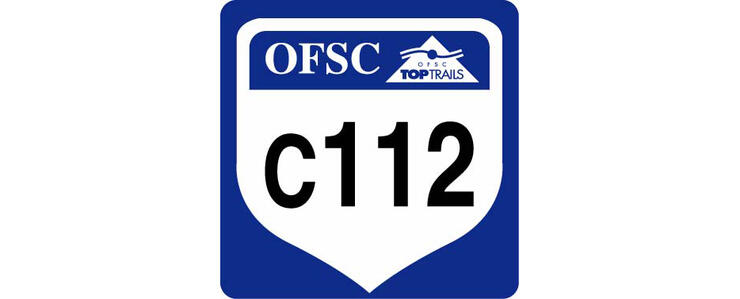
Finally, type three are Connector trails. Connectors are TOP Trails that show as green with a letter/number/letter combination. This means they link to a Trunk Trail at either end (e.g. A101D hooks up to TOP Trail A and TOP D).
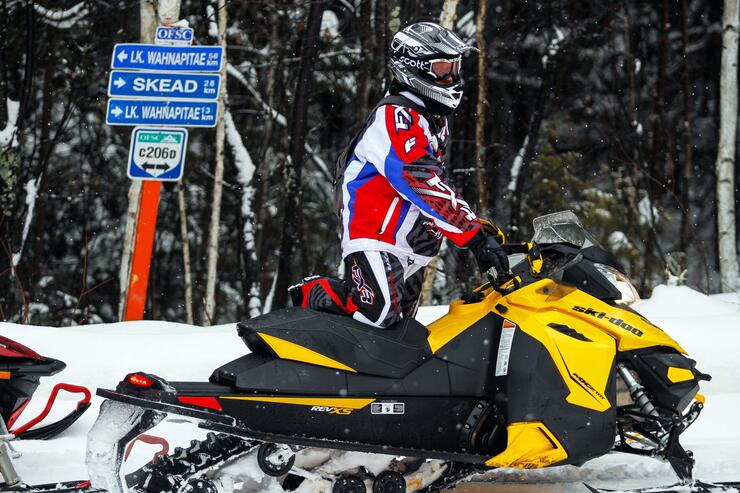
Snowmobilers can view all OFSC snowmobile trails online on the Interactive Trail Guide (available online from December until trails shut down at season’s end). Riders can also use the OFSC Go Snowmobiling App for navigation, and some districts still have printed trail guides available.
How Your OFSC Permit Dollars Get Spent
Getting a trail system this large ready each fall and keeping it in shape throughout the winter is a mammoth and expensive undertaking, whose operations are solely funded by the sale of Snowmobile Trail Permits. But the efficient and effective use of these revenues is only possible because Ontario snowmobiling is organized through the OFSC.
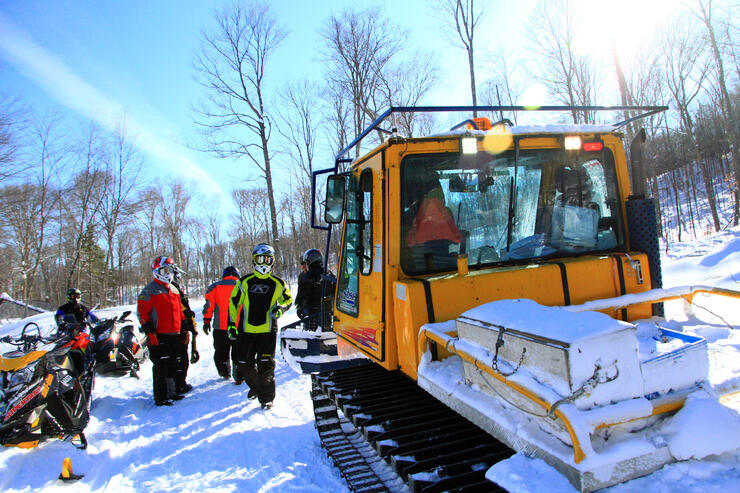
At the provincial level, each district elects a representative to sit on the OFSC Board of Governors. This volunteer group works with OFSC staff to develop, decide, directs, and deliver provincial strategy, policies, and programs in accordance with the mandates set by the membership at the OFSC Annual General Meeting.
The OFSC is also the authorized sales agent for Snowmobile Trail Permits. It collects all permit revenues. Then the OFSC distributes them directly to districts and through provincial programs, including one for trail operations and one for central groomer purchases.
Districts, in turn, elect their own governing boards. They decide how to use these revenues to fund trail and grooming operations through area clubs. It’s interesting to note that 75 to 80% of all expenses related to getting everything ready for the coming season happen before there’s any snow. These include annual groomer purchases, trail liability insurance, preventative groomer maintenance & repairs, and trail signage, preparation, and infrastructure repairs. Once winter gets underway, the other 20 to 25% of costs go to snow-dependent grooming operations, unexpected repairs, and ongoing maintenance.
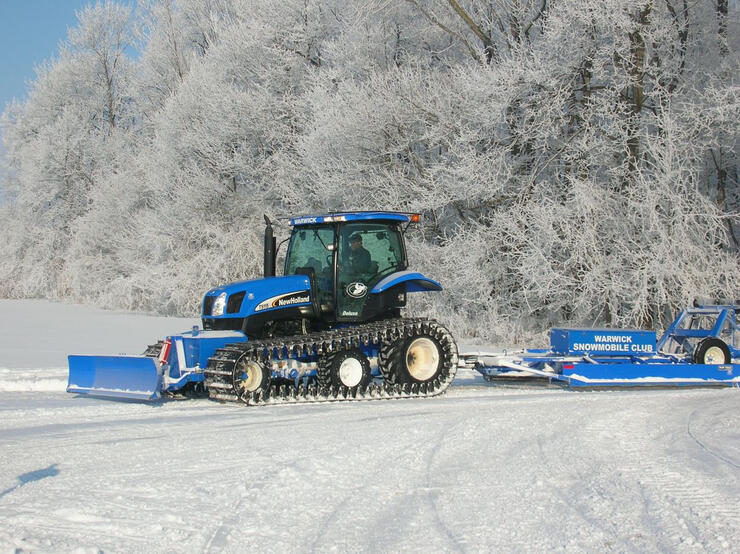
As you can see, organized snowmobiling is a big, year-round business. It takes millions of dollars, thousands of volunteer hours, and lots of generous landowners to deliver the world’s largest recreational trail system—and to connect communities by snow across a province bigger than the state of Texas. But it’s very easy for we snowmobilers to take it all for granted as we’re cruising along one of Ontario’s outstanding trails.
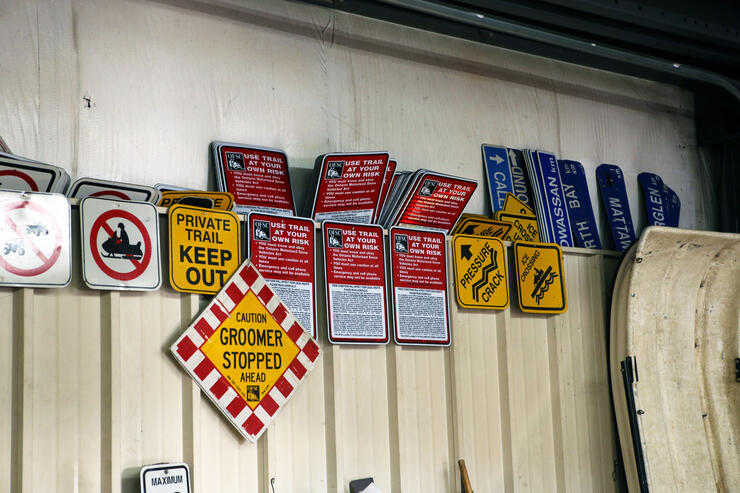
So remember, the OFSC is all about snowmobilers helping snowmobilers. It’s there to build, sustain, and protect our snowmobile trails as it has been doing successfully for the past 50 years. But the OFSC can only succeed when each of us does our bit by purchasing a Snowmobile Trail Permit.
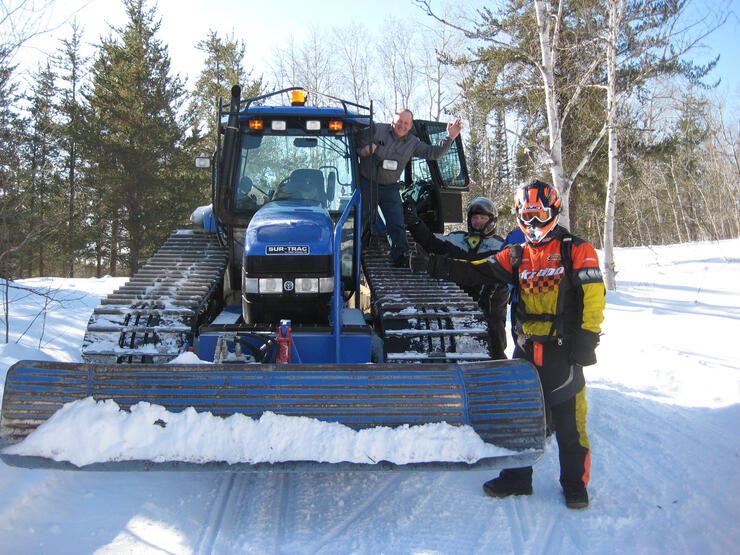
Maybe even volunteer with our local club for a day of autumn trail prep. And at some point this winter, let’s also take a moment on the trail to really appreciate all the organization and effort that makes Ontario snowmobiling both possible and enjoyable for all of us.
*Ontario law requires a snowmobile entering an OFSC Prescribed Snowmobile Trail to display a valid Ontario Snowmobile Trail Permit.
Recommended Articles

The Complete List of Snowmobile Events in Ontario 2025-2026

The Best Snowmobile-Friendly Lodges
Snowmobiling Winter Weather Forecast 2025-2026

I Rode the Explorers Snow Tour in Ontario and Here’s What It Was Like

Why Ontario is One of the Best Snowmobile Destinations in the World
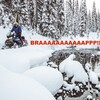
11 TikToks That Prove Ontario is the Best Place To Go Snowmobiling

5 Weekend Snowmobile Getaways Near the GTA

31 Ways To Get In The Know About Snowmobile Trail Riding in Ontario

A Beginner's Guide to Snowmobile Lingo


